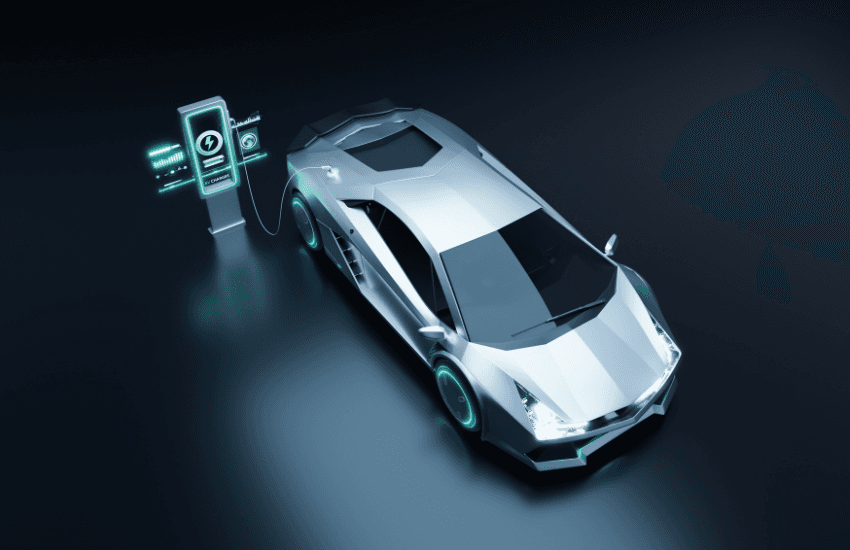19/01/2025
The Future of Electric Vehicles in India
Automotive
India is rapidly advancing in the adoption of electric vehicles (EVs) as part of its broader commitment to sustainable development and reducing greenhouse gas emissions. With supportive government policies, growing environmental awareness, and technological advancements, EVs are poised to become a cornerstone of India’s transportation ecosystem. However, the widespread adoption of EVs depends significantly on the development of a robust charging infrastructure, which requires strategic planning and substantial investment.
The Indian EV market is projected to grow at a compound annual growth rate (CAGR) of 49% between 2022 and 2030, with annual sales expected to reach 17 million units by 2030. Several factors are driving this growth, including government initiatives like FAME II (Faster Adoption and Manufacturing of Hybrid and Electric Vehicles) and Production-Linked Incentives (PLI) for battery manufacturing, rising fuel costs making EVs more cost-competitive, urbanization increasing the demand for eco-friendly transportation, and continuous technological advancements improving battery efficiency and affordability.
A reliable and widespread charging infrastructure is crucial to support this growth. Currently, India has around 20,000 operational public charging points, but a significant scale-up is required to meet future demand. Charging infrastructure can be categorized based on charging speeds: AC charging (Level 1 and Level 2) is suitable for home and workplace charging, DC fast charging (Level 3) enables rapid charging at public stations and highways, and ultra-fast charging (up to 2C) significantly reduces charging time, enhancing convenience for EV owners.
Developing a robust charging ecosystem requires significant capital (CAPEX) and operational expenditure (OPEX). Setting up a charging station involves costs such as land acquisition (ranging from INR 3–10 lakh per station depending on location), equipment costs (AC chargers range from INR 50,000–2 lakh, DC fast chargers from INR 5–25 lakh, and ultra-fast chargers up to INR 50 lakh), installation expenses, and software integration. Operational costs include energy expenses (INR 7–9 per kWh), annual maintenance (INR 1–2 lakh per station), staffing, and software upgrades. By 2030, India is estimated to require nearly 4 lakh charging stations, with a total investment of INR 1.2–1.5 lakh crore and annual OPEX of INR 15,000–20,000 crore.
Despite the potential, several challenges must be addressed to facilitate EV adoption. High initial costs can be mitigated through government subsidies and public-private partnerships, while power grid capacity must be upgraded to accommodate increased energy demand, ideally integrating renewable energy sources. Land availability poses another hurdle, which can be tackled through shared spaces and modular charging solutions. Additionally, increasing public awareness about the long-term cost savings and environmental benefits of EVs will be critical in driving adoption.
The future of electric vehicles in India is promising, but its success depends on the timely and strategic development of charging infrastructure. With the right investments, supportive policies, and technological innovations, India can achieve its EV adoption goals, contributing to a greener, more sustainable future.
